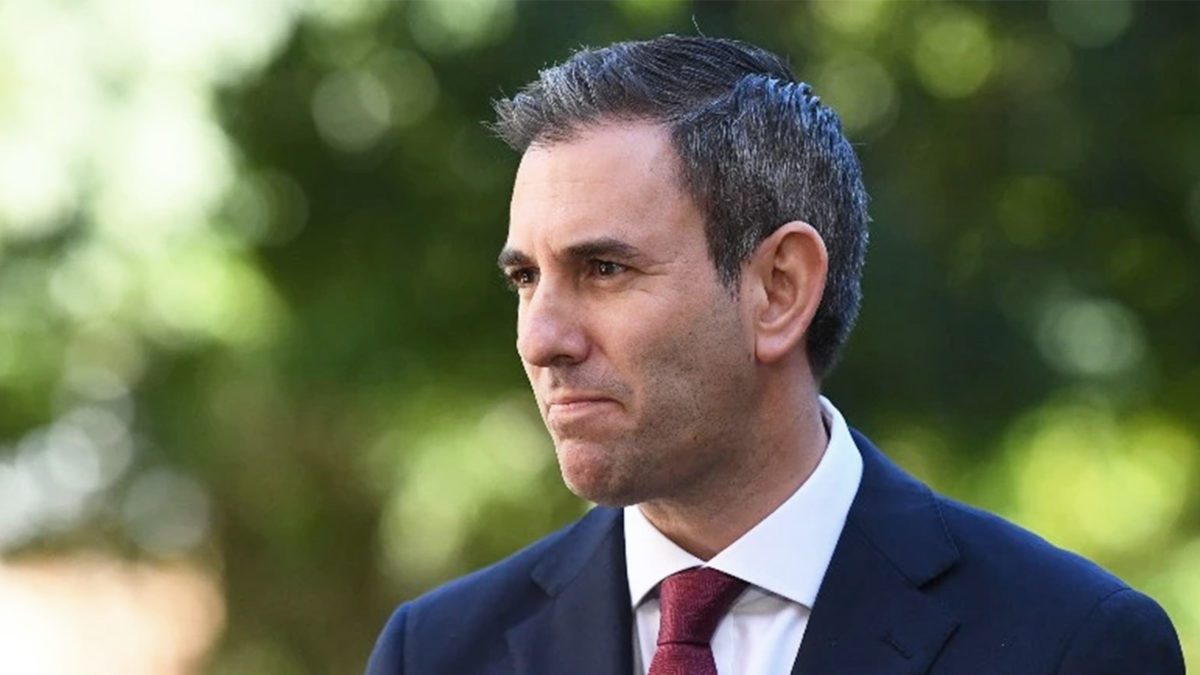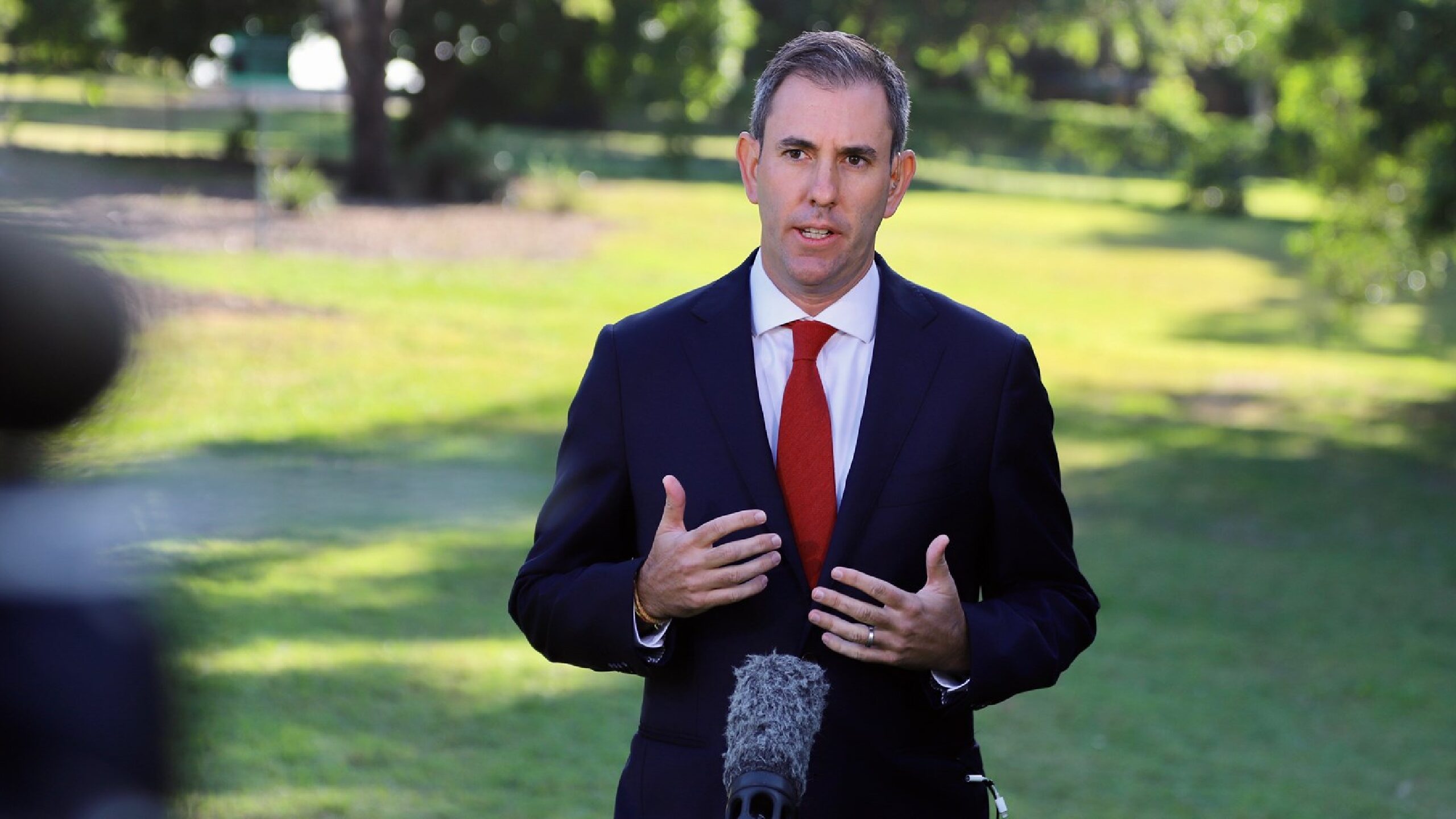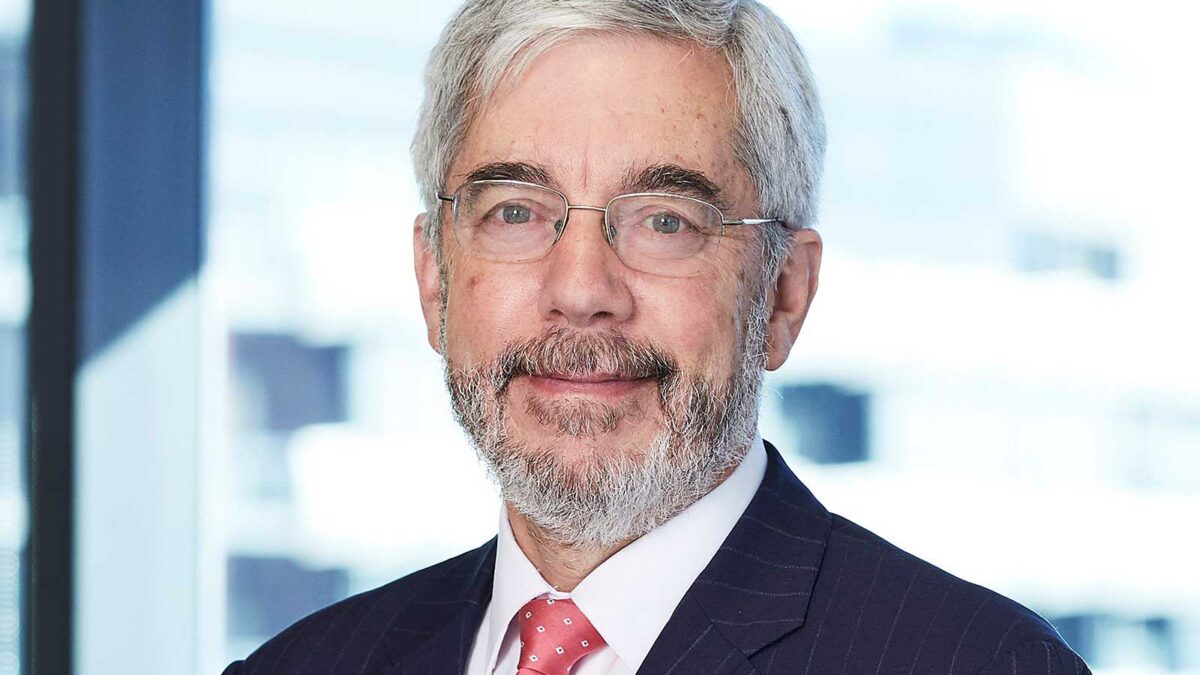Households feel the pinch as inflation hits 6.1%
Headline inflation in Australia has soared to a historic high of 6.1 per cent driven by new dwelling purchases and rising fuel prices.
Trimmed inflation, which excludes large prices and falls hit 4.9 per cent, the highest number since recording began in 2003.
Headline inflation was slightly below the consensus estimate of 6.2 per cent, however, trimmed inflation was above the expected 4.7 per cent forecasted.
The last time inflation reached above 6.0 per cent in Australia was in September 2000, coinciding with the introduction of the Goods and Services Tax (GST). Inflation subsequently persisted for another three quarters before retracing.

Further pain for households
Households continue to be squeezed, with the cost of bread, cereals, meat, alcohol and fresh food all increasing by over 6.1 per cent year on year. Moreover, durable goods such as furniture, carpets and household appliances are up at least 6.9 per cent.
Offsetting some of the pain is a 7.3 per cent reduction in childcare services, which benefitted from increased subsidies introduced in March.
Price rises in goods are the main driver of inflation, accounting for 79 per cent of the annual increase. Higher freight costs in addition to supply constraints and ongoing elevated demand continue to keep a floor under prices. Services account for the remaining 21 per cent.
New dwelling prices recorded their largest annual rise on record, with high building activity restricted by a shortage of labour and materials.
Rents are meaningfully increasing in capital cities outside of Sydney and Melbourne. Darwin soared 11.4 per cent while Perth increased 9.1 per cent. However, due to the weighting of the two largest cities, national rents increased by just 1.6 per cent.
Automotive fuel prices increased for the eighth straight quarter. The temporary fuel excise cut of 22 cents per litre momentarily resulted in falls, but Russia’s invasion of Ukraine and ongoing supply tightness meant the average price in the June quarter surpassed the monthly high in March.
Treasurer Jim Chalmers left the door ajar for the excise tax relief to extended for another six months:
“We’ve said, really, since the day that it was introduced by our predecessors that people should expect it to end in September and I know that will be really difficult for people”.
Dr Jim Chalmers, July 27
The soaring cost of living is in addition to the Reserve Bank of Australia’s increasing rapidly increasing the cash rate. Currently, at 1.35 per cent, it’s expected to increase by at least 50 basis points when the RBA meeting next week on Tuesday.
Economists at ANZ and Westpac expect the cash rate to reach 3.35 per cent. CBA and NAB are more conservative, anticipating rises stopping at 2.60 per cent.










